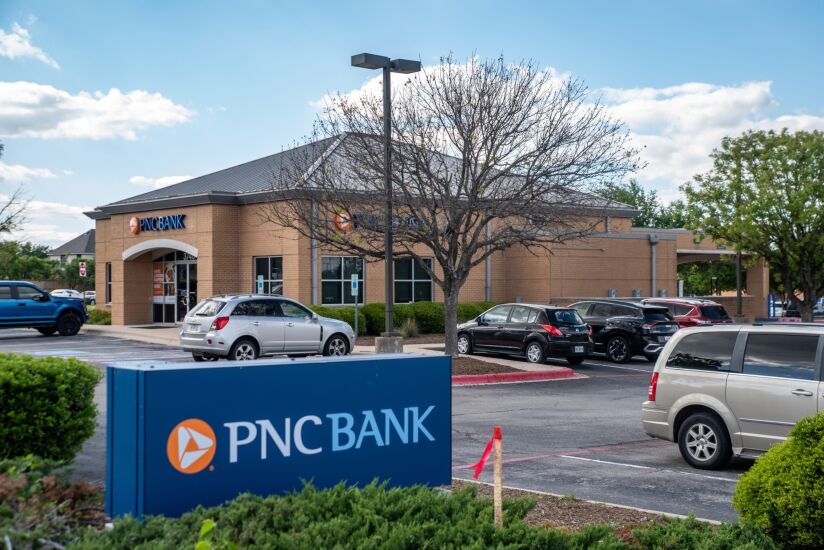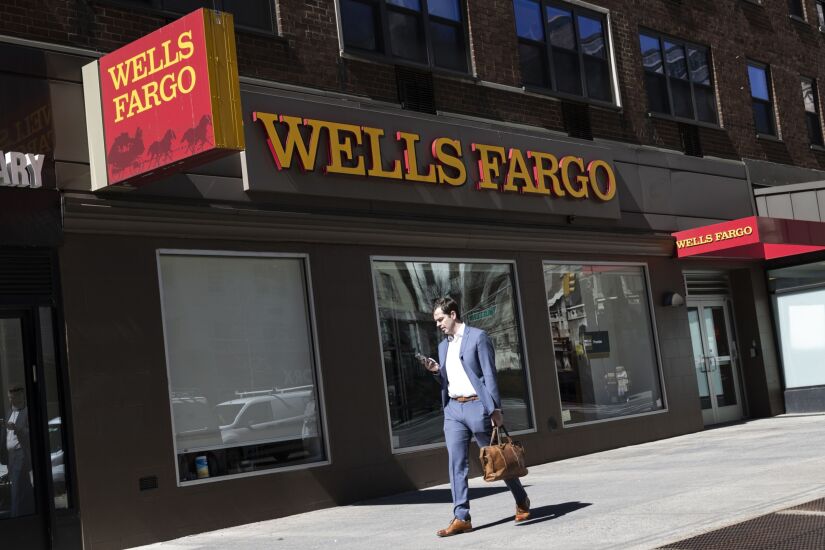The overall pace of
U.S. banks closed 2,118 branch locations between January and the end of October, according to data from S&P Global Market Intelligence. That was a 19% decrease from the 2,614 branches shut down over the same period in 2022.
Roughly 22% of the closures were carried out by two super-regional banks —
Across the industry, the total number of branches fell for the 14th straight year in 2023. There were 77,690 active bank branches nationwide at the end of October, according to S&P data, down from 79,000 branches at the end of 2022.
While larger banks top the list of financial institutions that have
The appeal of saving on staff, facilities and other branch-related costs has driven merger and acquisition activity in recent years, especially at banks with plenty of branches. After longer-than-usual deal approval processes for many of those deals, some acquirers have finally managed in 2023 to execute planned branch closures.
Here is a closer look at the five banks that closed the largest shares of their branches this year, through October.










